 The installation of the fastest low-energy X-ray camera in the world was recently, successfully concluded at the European XFEL in Hamburg. It is an image detector for electromagnetic radiation in the X band (called DePFET Sensor with Signal Compression, DSSC) and is based on silicon sensors. The detector is unique of its kind and represents the culmination of more than ten years of research and collaborative, international development by a group of researchers associated with the INFN sections in Milan and Pavia. This group worked in collaboration with DESY, the University of Heidelberg, and the European XFEL, which coordinates the international DSSC consortium. The detector was specifically planned for X-rays of energy between 0.5 and 6 keV. Specifically, it will enable the ultrafast study of electronic, spin, and atomic structures on a time scale of tens of femtoseconds. The European XFEL is able to produce packets that contain up to 2,700 X-ray flashes. These can be launched in quick succession with only a 220-nanosecond time difference between two flashes. At full capacity, the DSSC detector will acquire images at the speed of 4.5 million images per second and will be able to store 800 images of 1 megapixel. At the moment, a second camera, which will allow better energy resolution and an even higher dynamic interval, is already under development
The installation of the fastest low-energy X-ray camera in the world was recently, successfully concluded at the European XFEL in Hamburg. It is an image detector for electromagnetic radiation in the X band (called DePFET Sensor with Signal Compression, DSSC) and is based on silicon sensors. The detector is unique of its kind and represents the culmination of more than ten years of research and collaborative, international development by a group of researchers associated with the INFN sections in Milan and Pavia. This group worked in collaboration with DESY, the University of Heidelberg, and the European XFEL, which coordinates the international DSSC consortium. The detector was specifically planned for X-rays of energy between 0.5 and 6 keV. Specifically, it will enable the ultrafast study of electronic, spin, and atomic structures on a time scale of tens of femtoseconds. The European XFEL is able to produce packets that contain up to 2,700 X-ray flashes. These can be launched in quick succession with only a 220-nanosecond time difference between two flashes. At full capacity, the DSSC detector will acquire images at the speed of 4.5 million images per second and will be able to store 800 images of 1 megapixel. At the moment, a second camera, which will allow better energy resolution and an even higher dynamic interval, is already under development
You might also be interested in
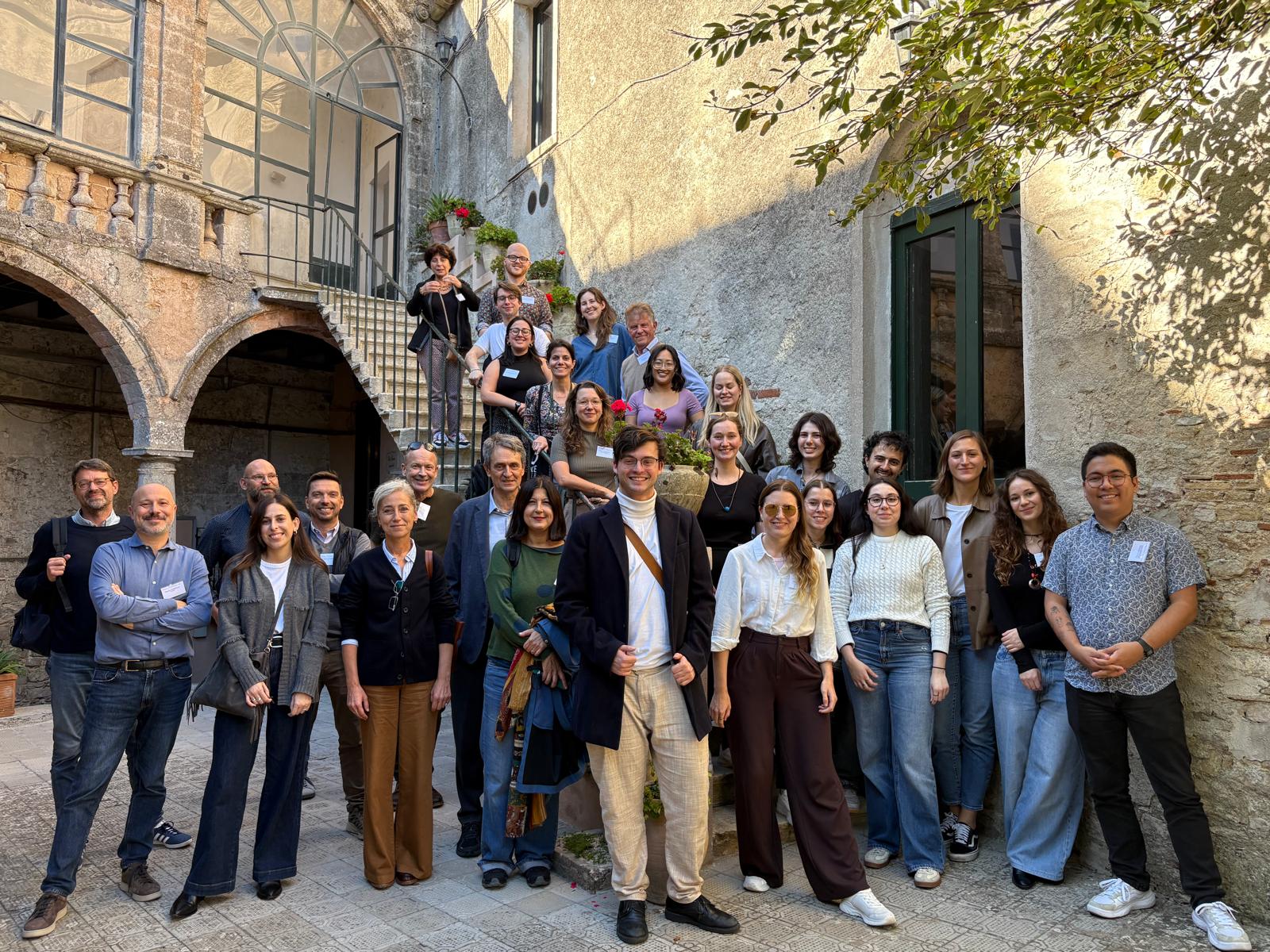
ORIGINS. Exploring Science Communication and Journalism
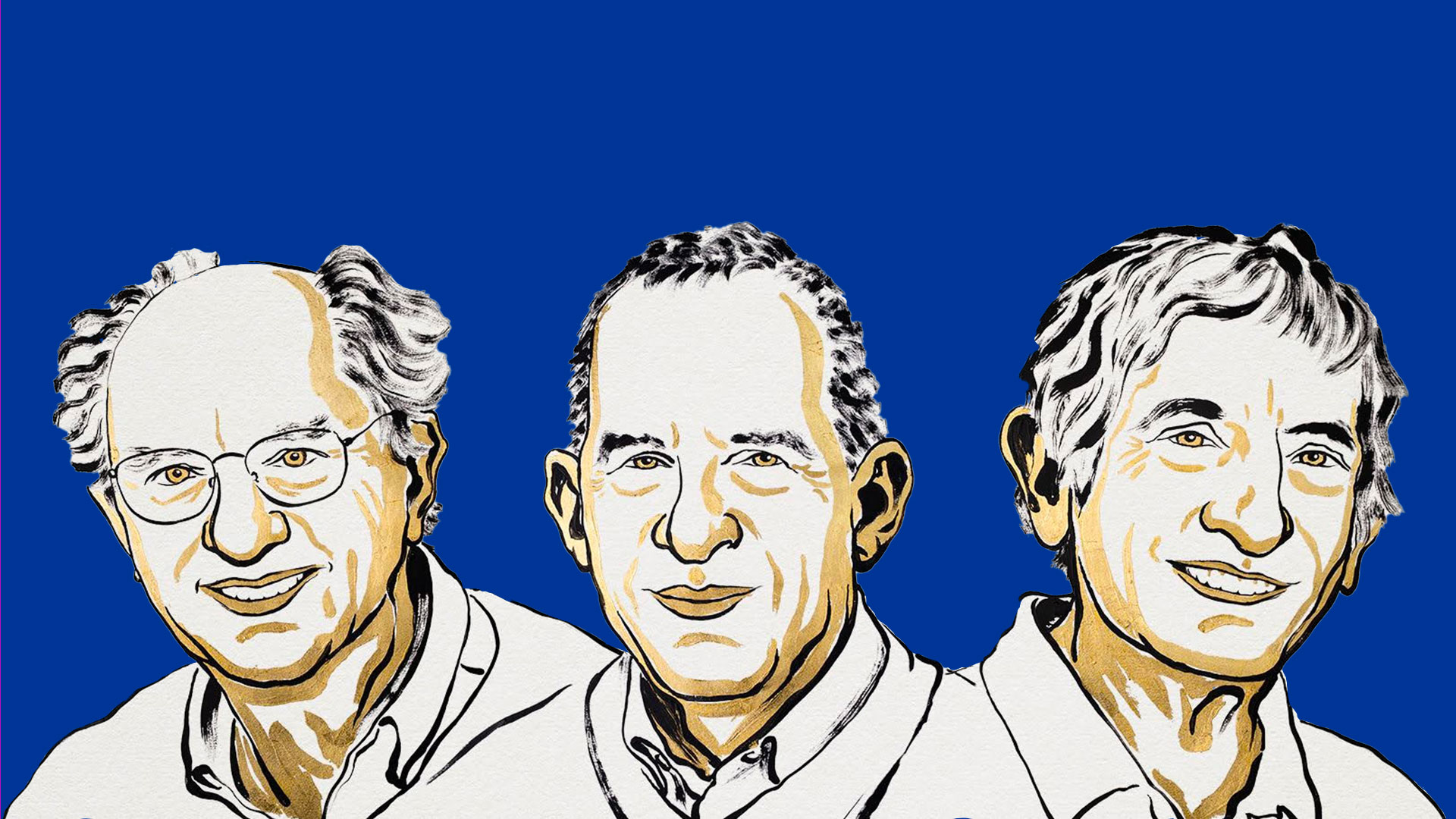
Nobel Prize in Physics 2025: congratulations to John Clarke, Michel H. Devoret and John M. Martinis

INFN statement in support of peace in Gaza and commitment to scientific diplomacy
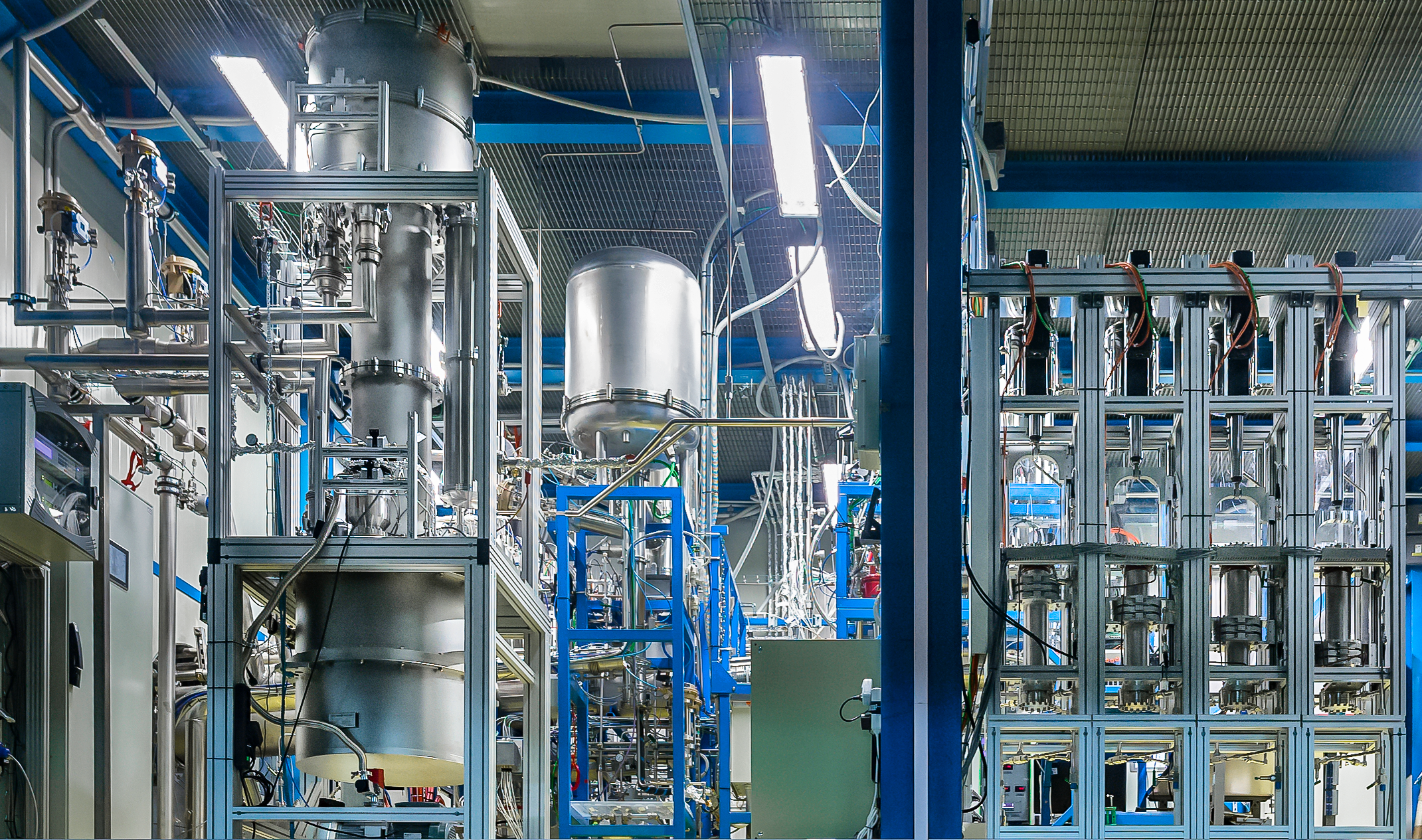
XENONnT: record levels of purity achieved in the search for dark matter
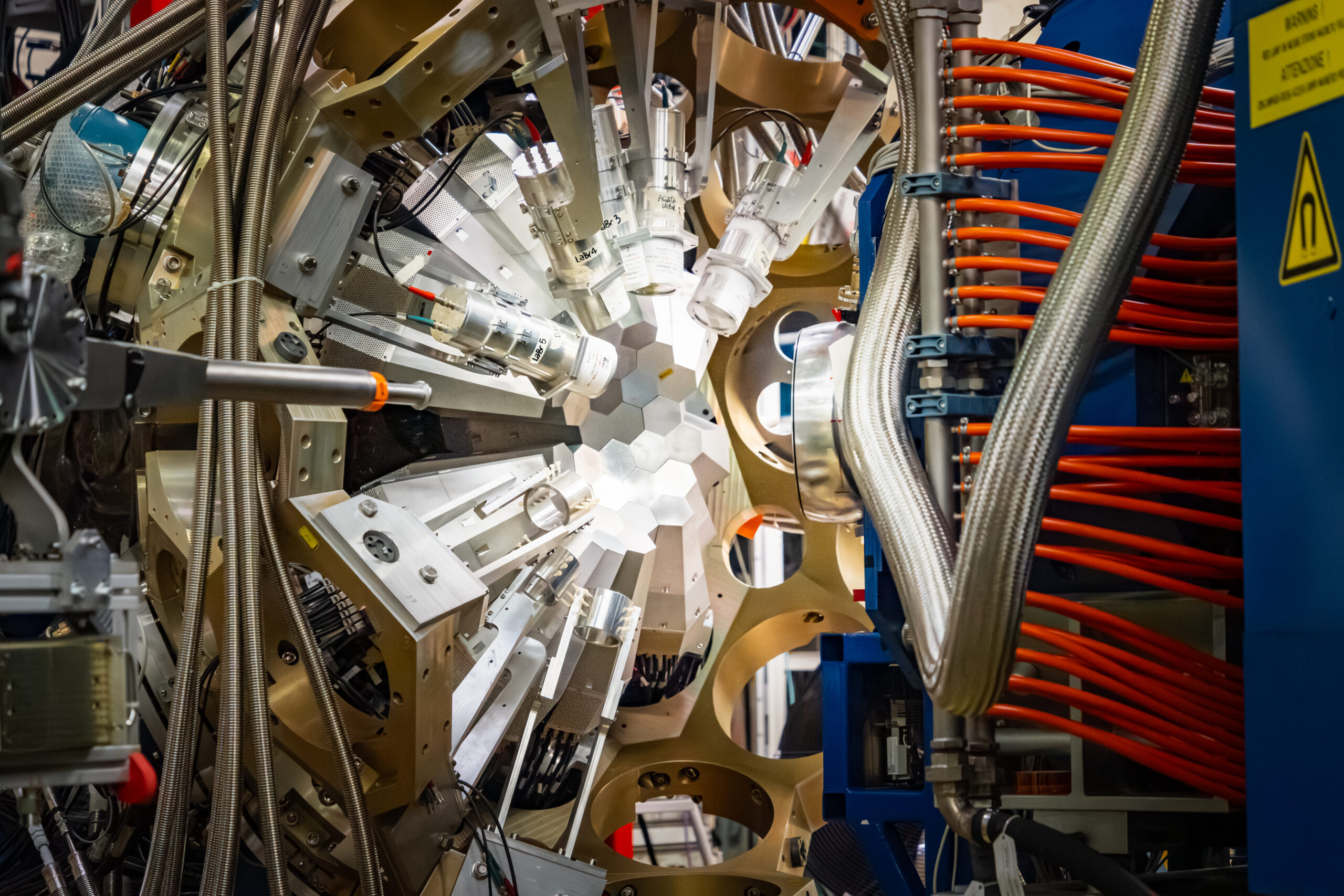
Physics Photowalk 2025: the ten pictures on the Italian podium
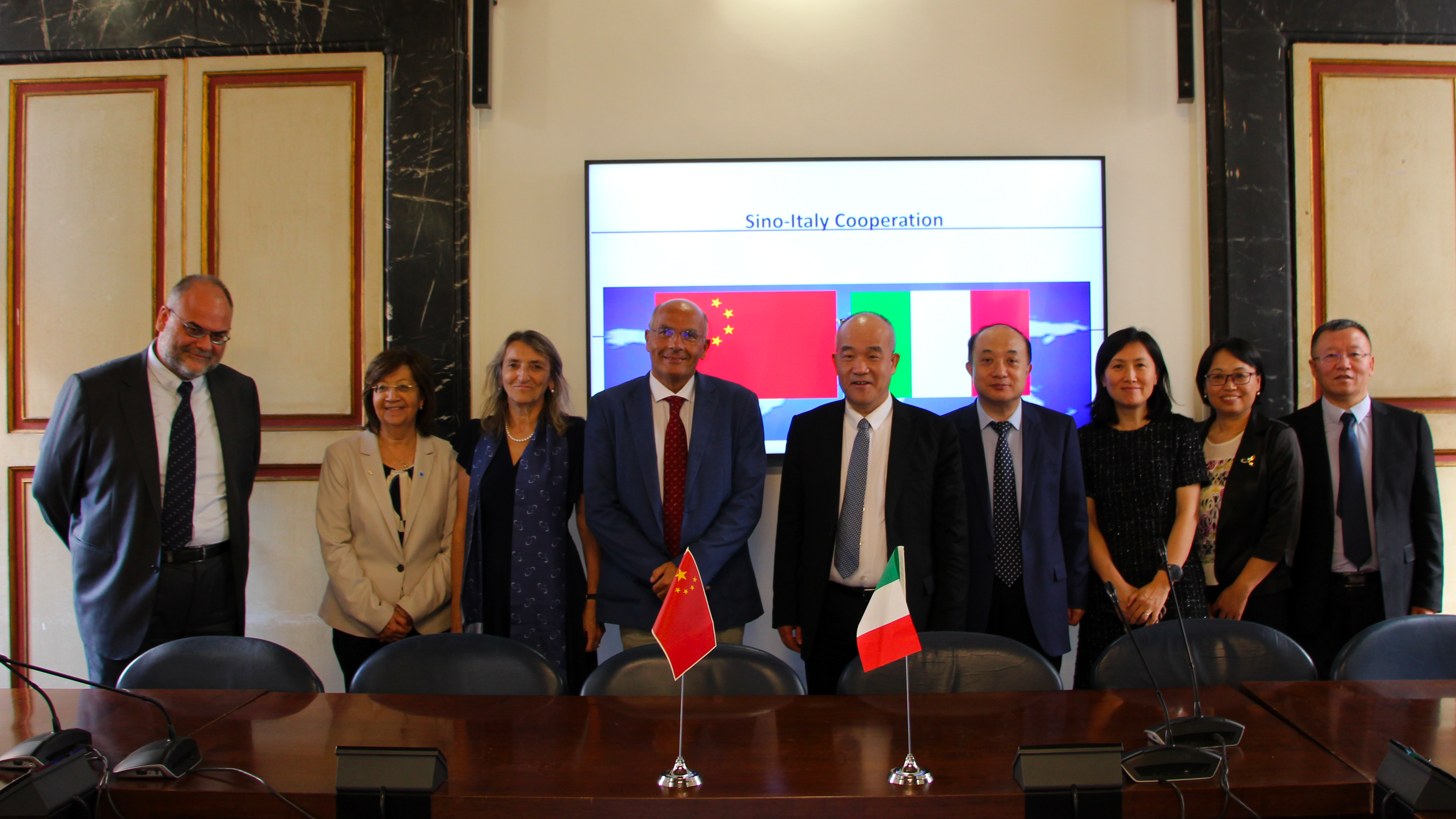
Italy-China: important bilateral meeting between NSFC and INFN
26 September 2025
Read more Italy-China: important bilateral meeting between NSFC and INFN